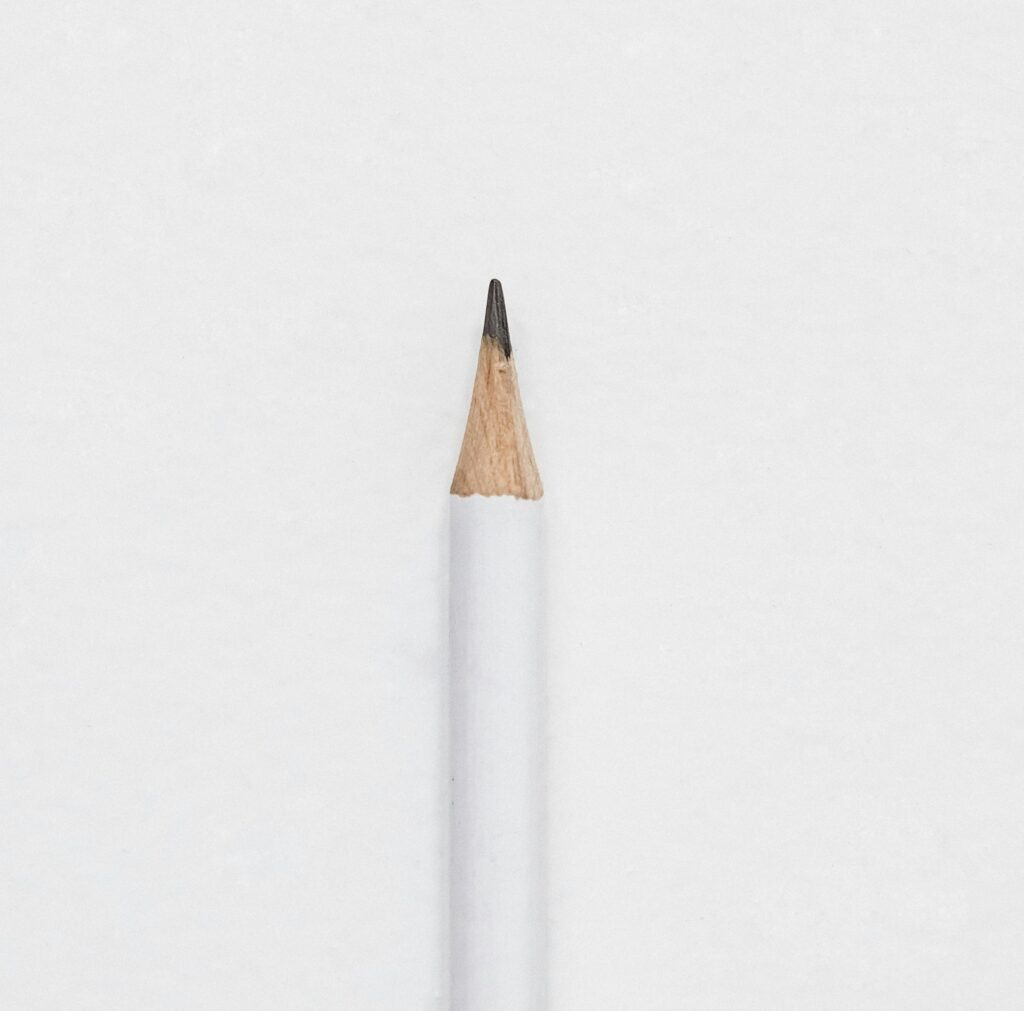In today’s fast-paced digital world, where users are bombarded with information and options, the principle of “less is more” has emerged as a guiding beacon in design. Minimalism, a design philosophy that emphasizes simplicity, clarity, and purpose, is not just a trend—it’s a movement that’s reshaping the way we interact with technology. By stripping away the unnecessary and focusing on what truly matters, minimalism enhances user experiences, making them more intuitive, engaging, and efficient. In this article, we will explore the impact of minimalism in design, delve into its core principles, and examine real-world examples that illustrate its effectiveness.
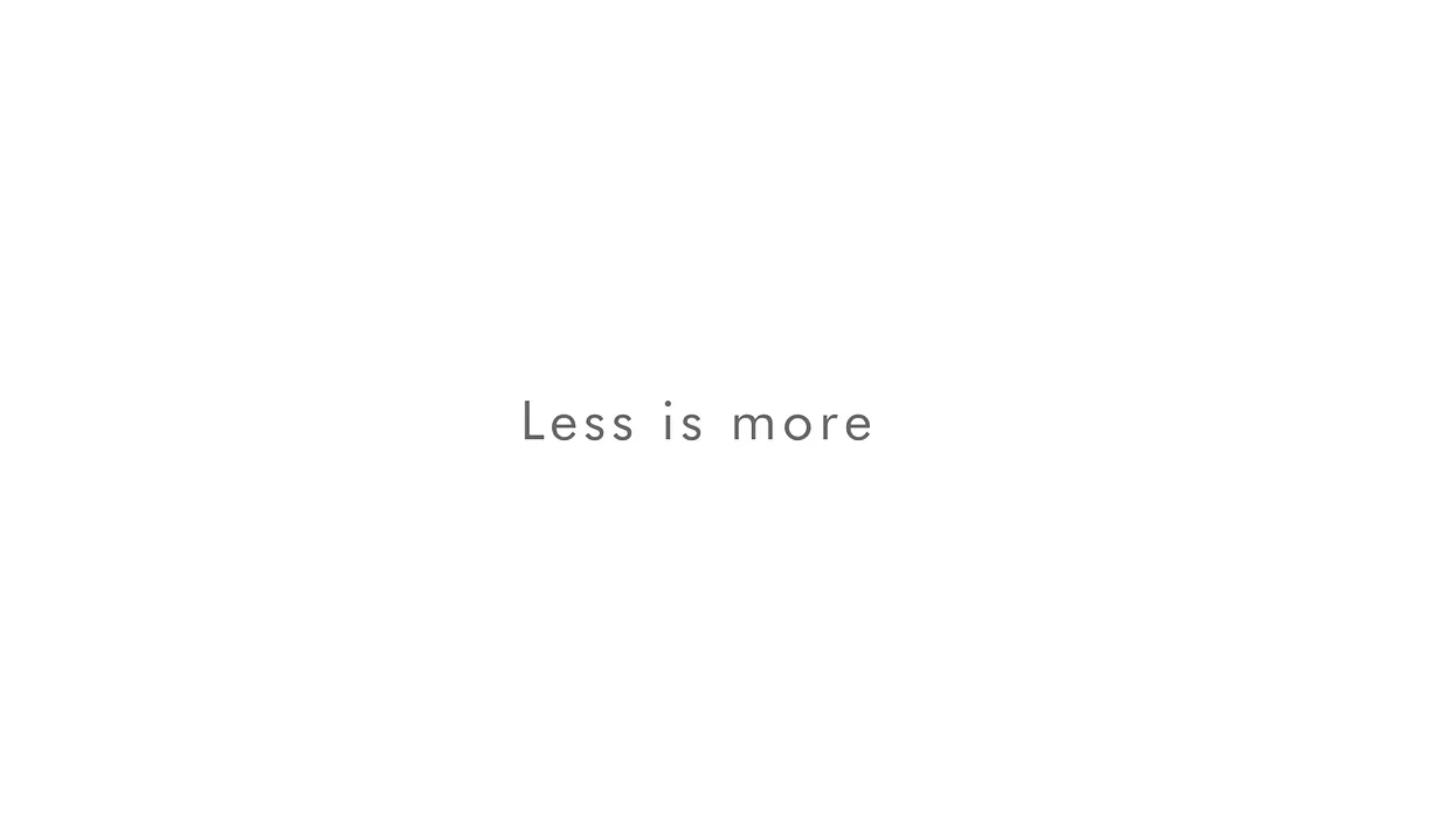
Understanding Minimalism in Design
At its essence, minimalism is fundamentally about clarity. Moreover, it seeks to reduce the visual and cognitive load on users by eliminating clutter, as well as focusing on the essential elements of a design. Consequently, this approach doesn’t just make interfaces look cleaner; instead, it also improves usability by creating a straightforward path for users to follow. Additionally, minimalism is driven by the idea that every element in a design must have a purpose. Therefore, if an element does not serve a function, it should be removed.
The Rise of User-Centric Design
Central to the minimalist philosophy is a focus on the user. In an era where technology is deeply embedded in our daily lives, minimalism ensures that design serves the needs and preferences of users above all else. By prioritizing usability and simplicity, minimalist designs make interactions more intuitive and satisfying. This user-centric approach is what sets minimalism apart as a sustainable and effective design strategy, rather than just a passing trend.
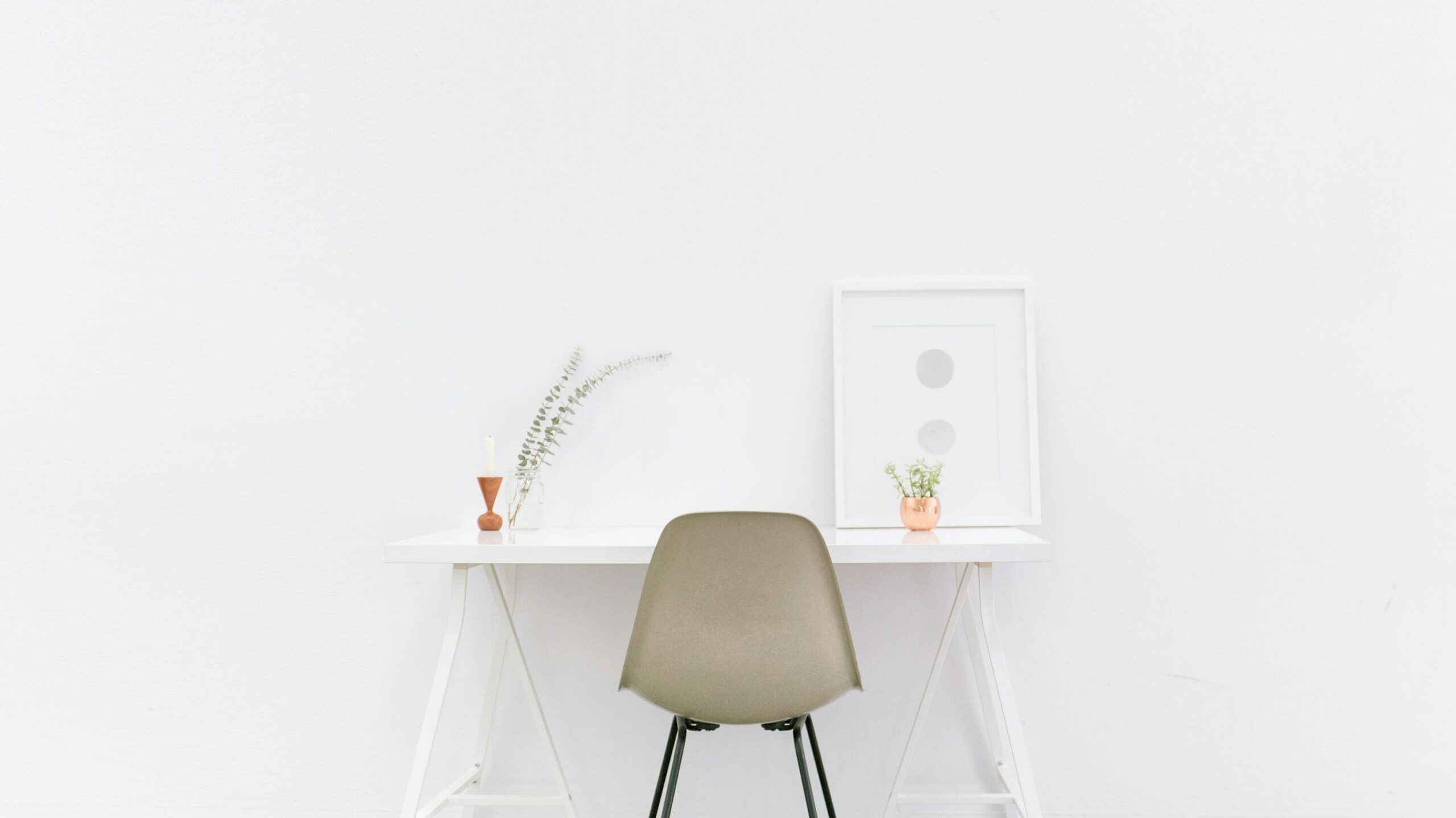
The Principles of Minimalism in Design
Minimalism in design is guided by several key principles that help create interfaces that are both aesthetically pleasing and highly functional. Let’s explore these principles in detail:
1. Simplicity and Clarity
Simplicity is the cornerstone of minimalism. By removing unnecessary elements, minimalist designs reduce distractions and allow users to focus on what truly matters. Whether it’s a clean layout, straightforward navigation, or minimalistic typography, simplicity ensures that the design communicates its message clearly and effectively.
2. Whitespace and Layout
Whitespace, often referred to as negative space, is indeed a critical component of minimalist design. Moreover, it provides essential breathing room for elements on the screen, thus guiding the user’s eye and, in turn, creating a sense of balance and harmony. Furthermore, a well-designed layout with ample whitespace not only enhances readability but also makes the interface more approachable and, consequently, more user-friendly.
3. Typography and Color Palette
Typography and color choices are indeed powerful tools in a minimalist design. Firstly, clean and legible fonts play a crucial role in enhancing readability; moreover, they contribute significantly to the overall aesthetic. Additionally, a harmonious color palette not only reinforces the design’s message but also creates visual unity. Minimalist designs often, and more importantly, employ a limited color palette to maintain a cohesive look. Furthermore, by using color strategically, designers can draw attention to key elements while simultaneously evoking specific emotions. Ultimately, these elements work together to create an impactful and visually pleasing minimalist design.
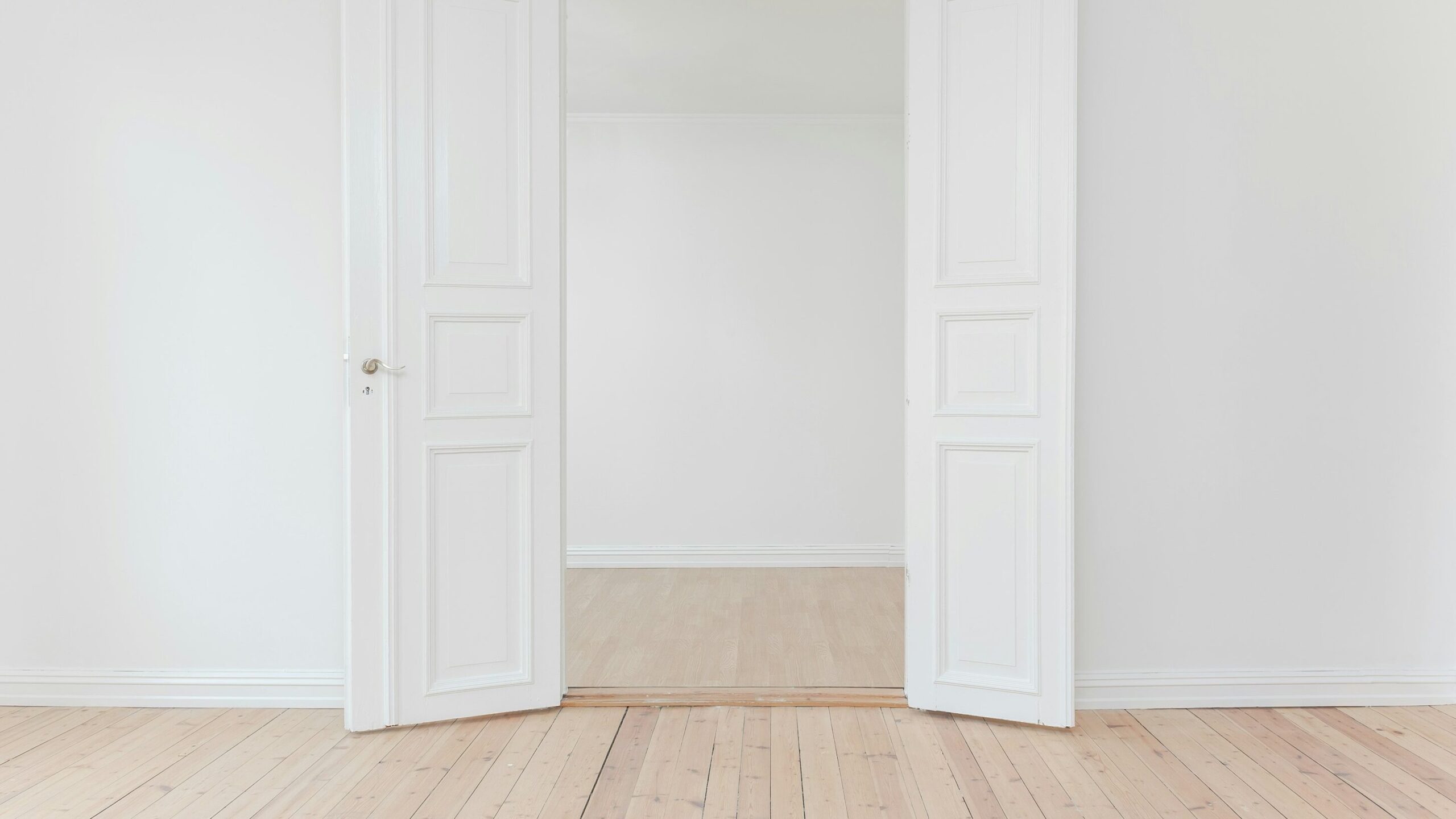
The Impact of Minimalism on User Experience
Minimalism goes beyond just aesthetics; it has a profound impact on user experience. By simplifying interfaces and removing distractions, minimalist design improves usability and engagement in several ways:
1. Streamlined User Interface
A streamlined interface, free of clutter, allows users to easily find what they need, leading to a more efficient and intuitive user experience. This not only reduces cognitive load but also enhances user satisfaction by making interactions smoother and more straightforward.
2. Improved Readability and Content Focus
Minimalism prioritizes content by removing visual noise and highlighting the most important information. This focus on readability ensures that users can quickly absorb and understand the content, leading to a more engaging and satisfying experience.
3. Enhanced Visual Hierarchy
In minimalist design, visual hierarchy plays a crucial role in guiding the user’s attention. By strategically using size, color, and typography, designers can direct users to the most important elements on the screen, making navigation more intuitive and decision-making easier.
4. Increased User Engagement
Minimalist designs often create a sense of elegance and modernity that appeals to users. By presenting a visually appealing and uncluttered interface, users are more likely to engage with the product, leading to deeper connections and increased satisfaction.
5. Faster Load Times and Performance
By reducing the number of elements and optimizing the code, minimalist designs often result in faster load times and better overall performance. This not only enhances the user experience but also has a positive impact on search engine rankings, making minimalist websites more discoverable.
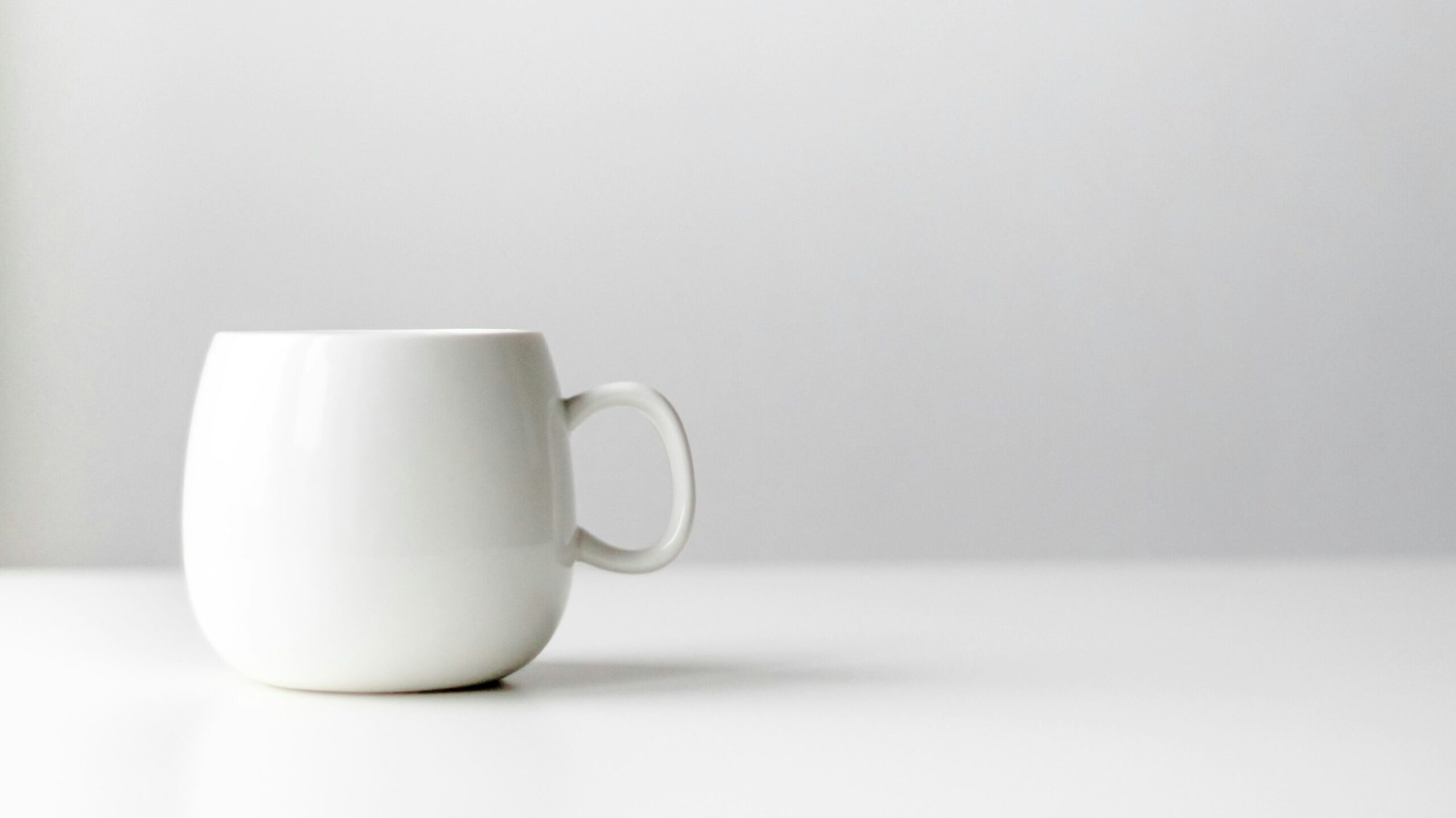
Real-World Examples of Minimalist Design
Several leading companies have embraced minimalism in their design, creating interfaces that are both visually appealing and user-friendly. Let’s explore a few notable examples:
- Apple: Apple is synonymous with minimalism. Their website and product interfaces focus on clean lines, ample whitespace, and simple navigation. This minimalist approach allows users to focus on the products and their features effortlessly, creating a seamless and enjoyable experience.
- Airbnb: Airbnb’s website is a prime example of how minimalism can enhance usability. With its uncluttered interface, intuitive search functionality, and minimalist aesthetic, Airbnb makes it easy for users to browse listings, book accommodations, and manage their bookings with minimal effort.
- Google: Google’s homepage is perhaps the most iconic example of minimalist design. The simplicity of the design, with its abundant whitespace and bold typography, directs users’ attention to the core functionality—search. This minimalist approach has contributed to Google’s reputation for being user-friendly and efficient.
- Medium: Medium, a popular blogging platform, employs minimalism to put the focus squarely on the written content. With its clean typography, spacious layout, and minimalist color palette, Medium creates an immersive reading experience that captivates users and encourages them to engage with the content.
- Dropbox: Dropbox’s website exemplifies minimalist design through its clean layout, ample whitespace, and straightforward navigation. This allows users to focus on file management without distractions, creating a user experience that is both functional and aesthetically pleasing.

Overcoming Challenges in Minimalist Design
While minimalism offers numerous benefits, it also presents challenges for designers. Balancing aesthetics with functionality, ensuring accessibility, and providing alternative interaction methods are important considerations in minimalist design.
1. Balancing Aesthetics and Functionality
Achieving visual elegance without sacrificing usability can be challenging. Designers must strike a balance between form and function, ensuring that essential features are prioritized while maintaining a minimalist aesthetic.
2. Ensuring Accessibility and Inclusivity
Minimalism should not come at the expense of accessibility. Designers must consider the needs of all users, including those with disabilities, and ensure that their designs are inclusive and easy to use for everyone.
3. Providing Alternative Interaction Methods
Not all users interact with interfaces in the same way. Designers must provide multiple pathways for interaction, catering to diverse user preferences and ensuring that everyone can access and navigate the interface effectively.

Embracing Minimalism in Your Designs
To incorporate minimalism into your UI/UX designs, start by evaluating the core functionality and content of your interface. Remove any extraneous elements that detract from the user experience and focus on creating a clean, intuitive, and visually appealing design. Use whitespace strategically to guide the user’s eye and create a sense of balance, and choose typography and colors that enhance readability and content focus.
Conclusion: The Timeless Appeal of Minimalism
Mastering the principles of repetition, pattern, and rhythm allows designers to create work that is not onlyMinimalism in design is more than just a trend—it’s a timeless philosophy that continues to shape the digital landscape. By prioritizing simplicity, clarity, and user-centricity, minimalist design creates interfaces that are not only visually stunning but also intuitive and efficient. As we continue to embrace minimalism, designers must remain mindful of the challenges and opportunities it presents, ensuring that digital interactions remain elegant, engaging, and meaningful for all users.
In a world where users are constantly bombarded with information, minimalism offers a refreshing approach that cuts through the noise and delivers a user experience that is both satisfying and memorable. By embracing the principles of minimalism, designers can create interfaces that resonate with users, providing them with effortless interactions and a sense of delight in an increasingly complex digital world.
Related Posts:
Mastering Typography in UX/UI Design
Using White Space in UX Design: More Than Just Empty Space
Nuances of Color: Exploring the Depths of Color Theory
The Aesthetic-Usability Effect: Balancing Beauty and Functionality in UX Design
